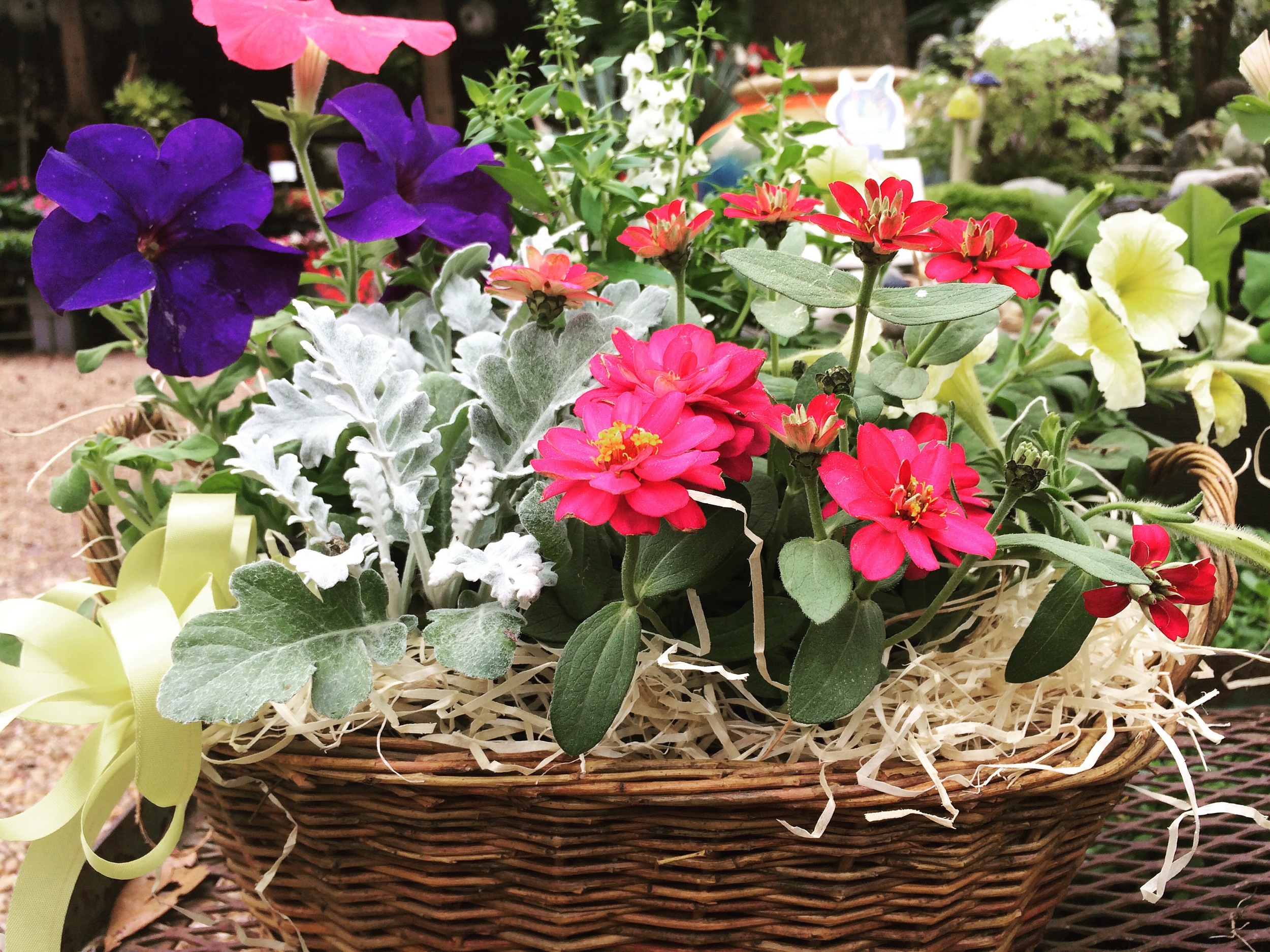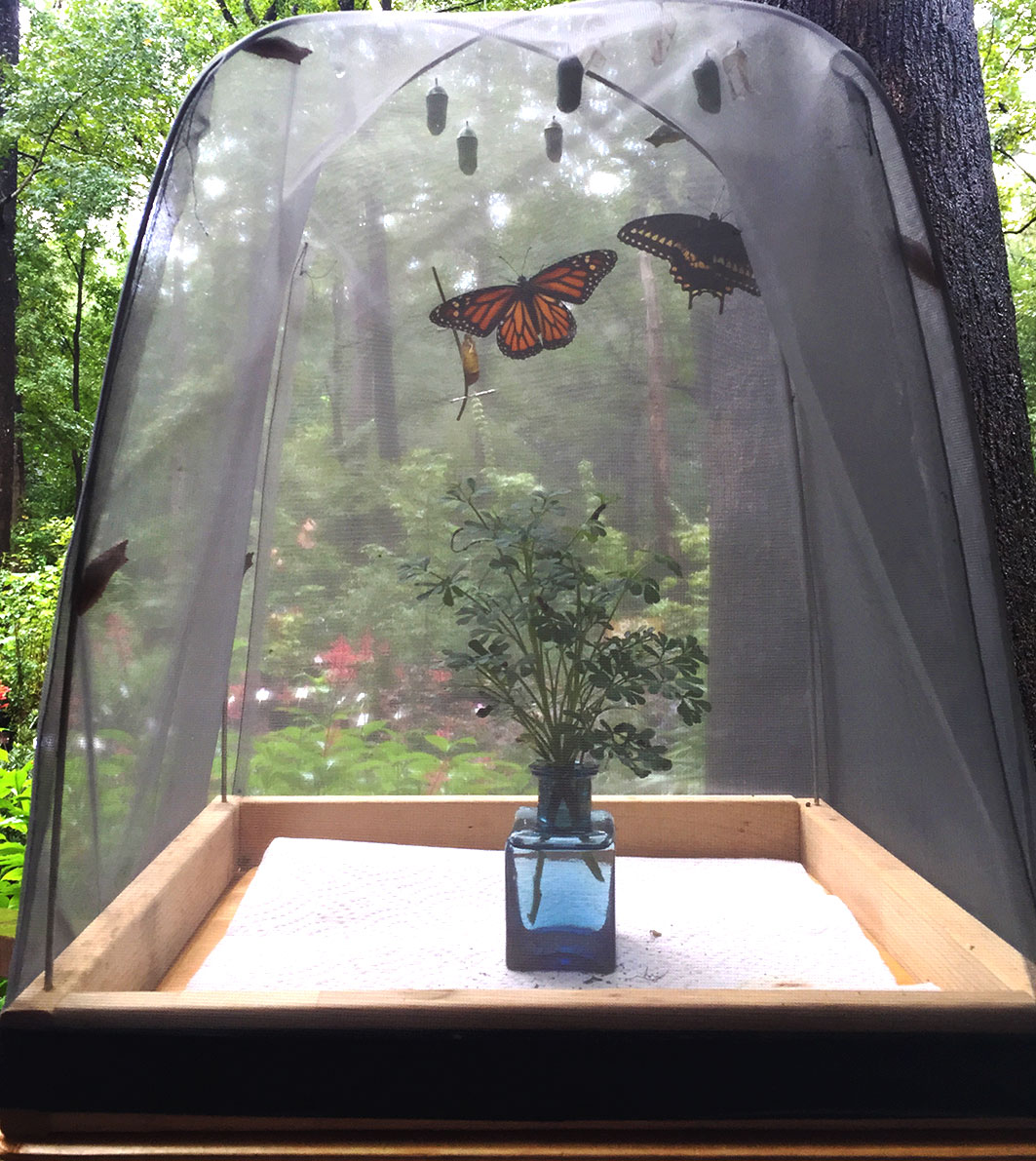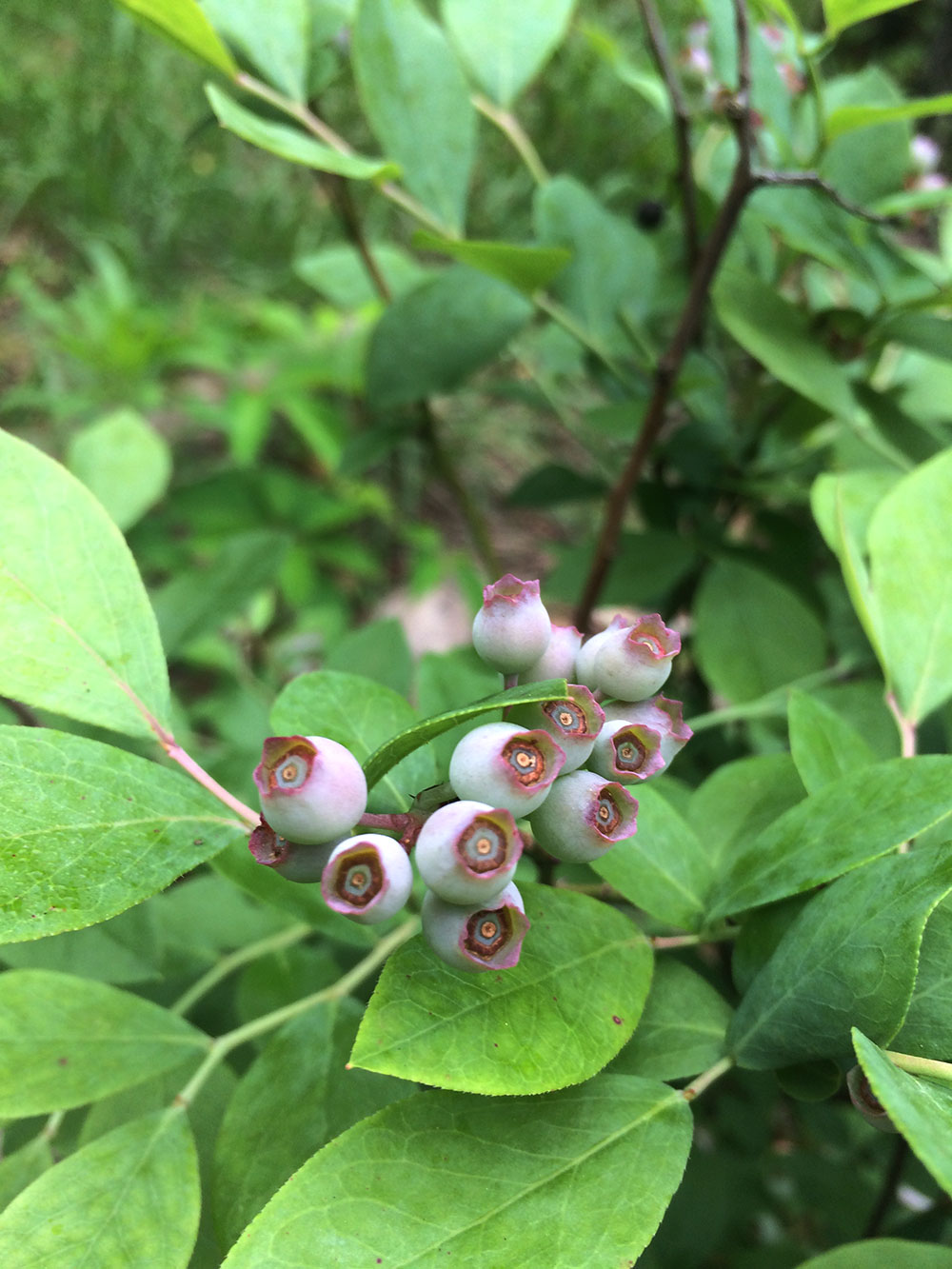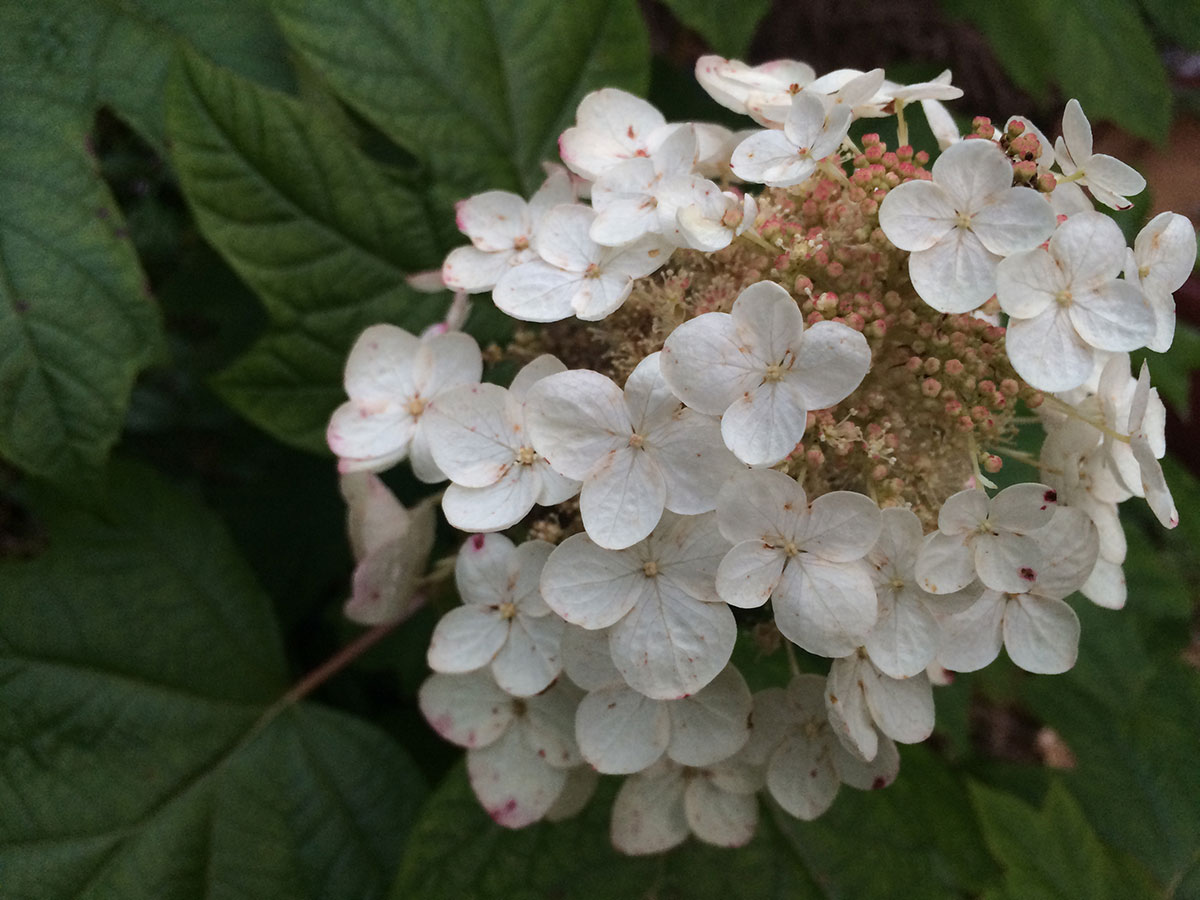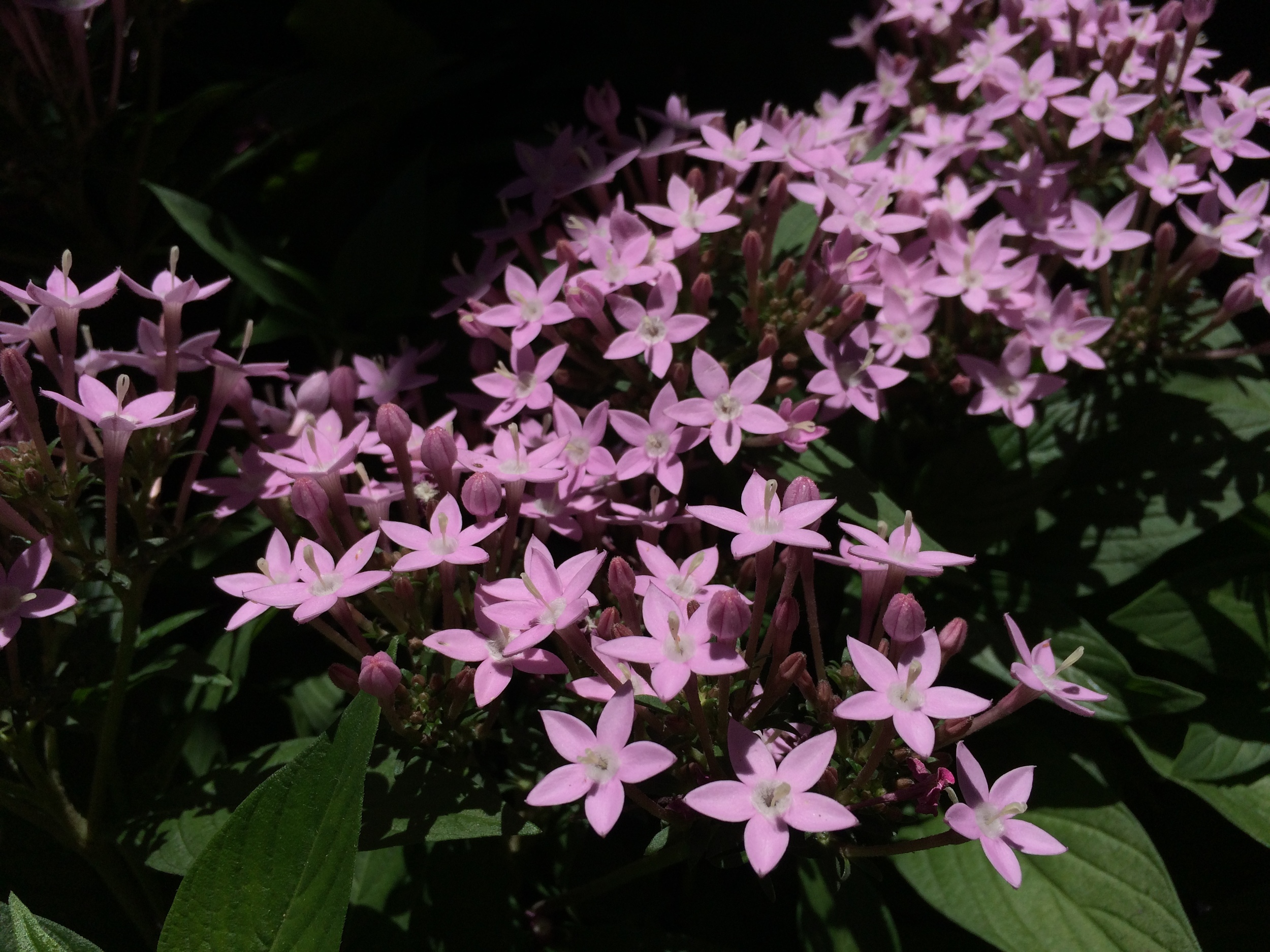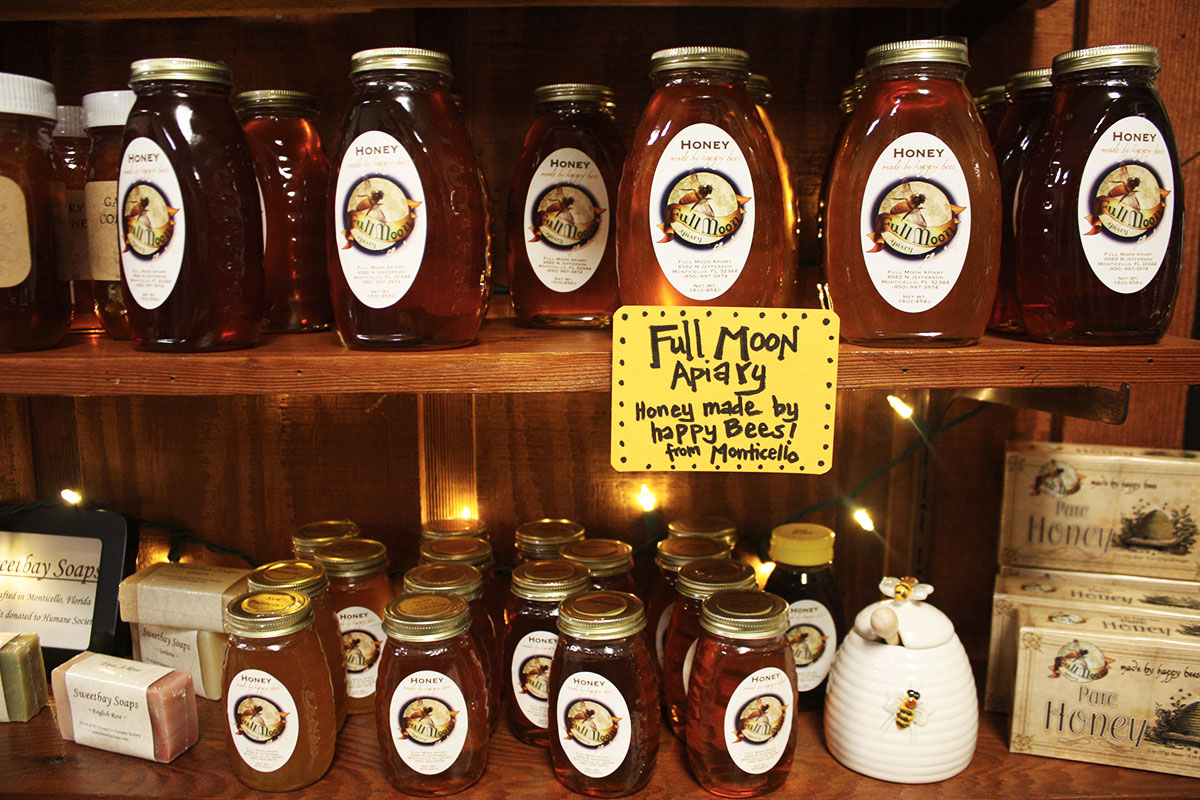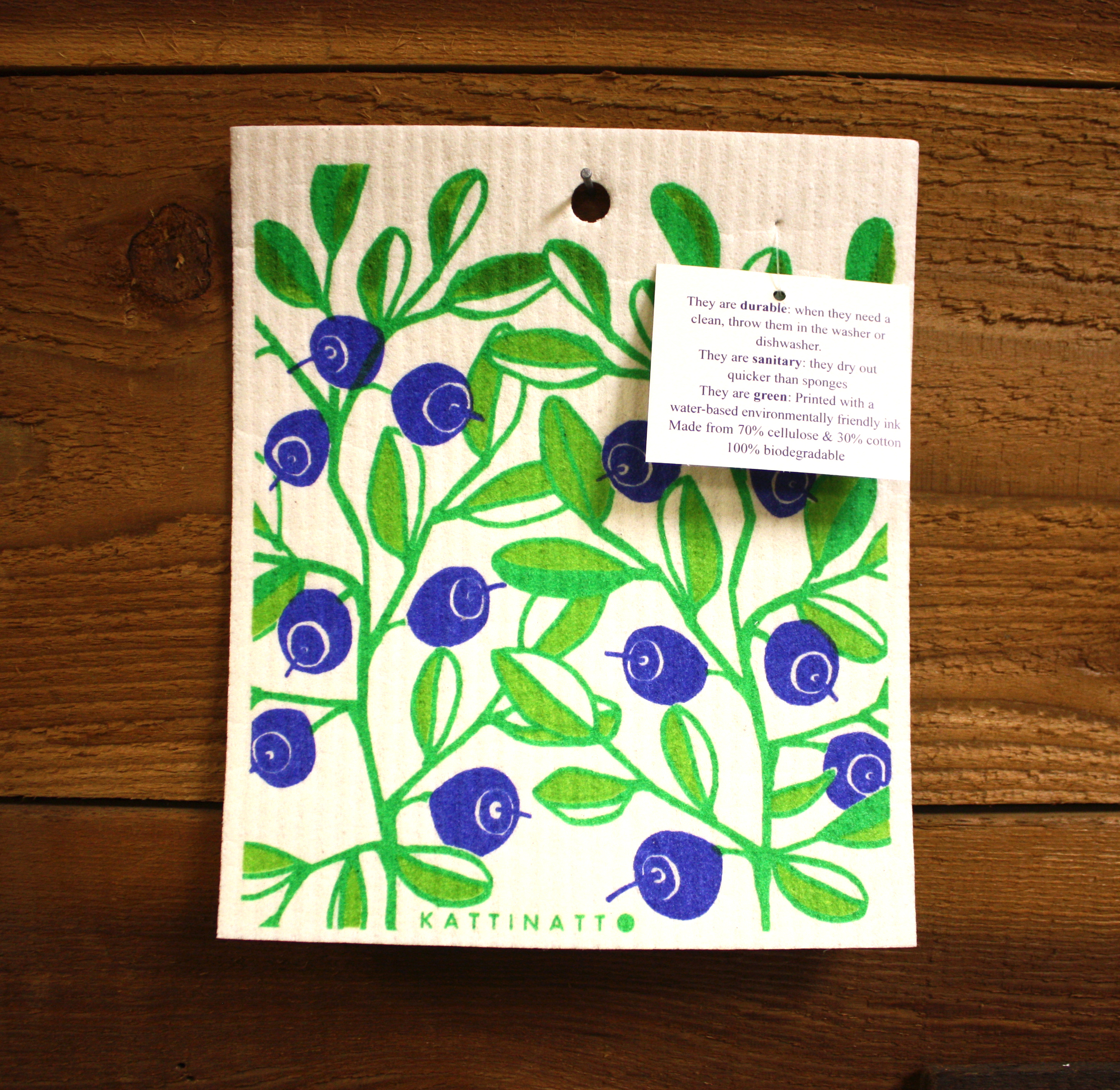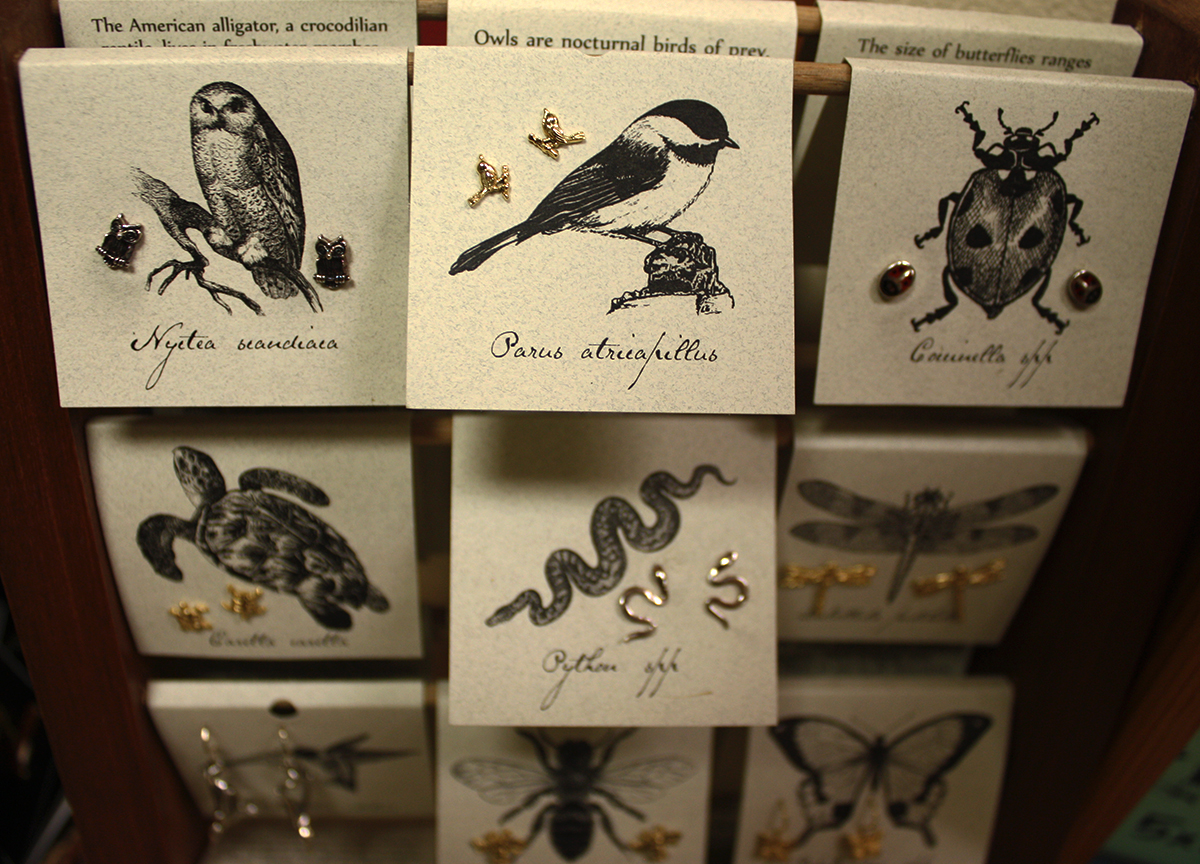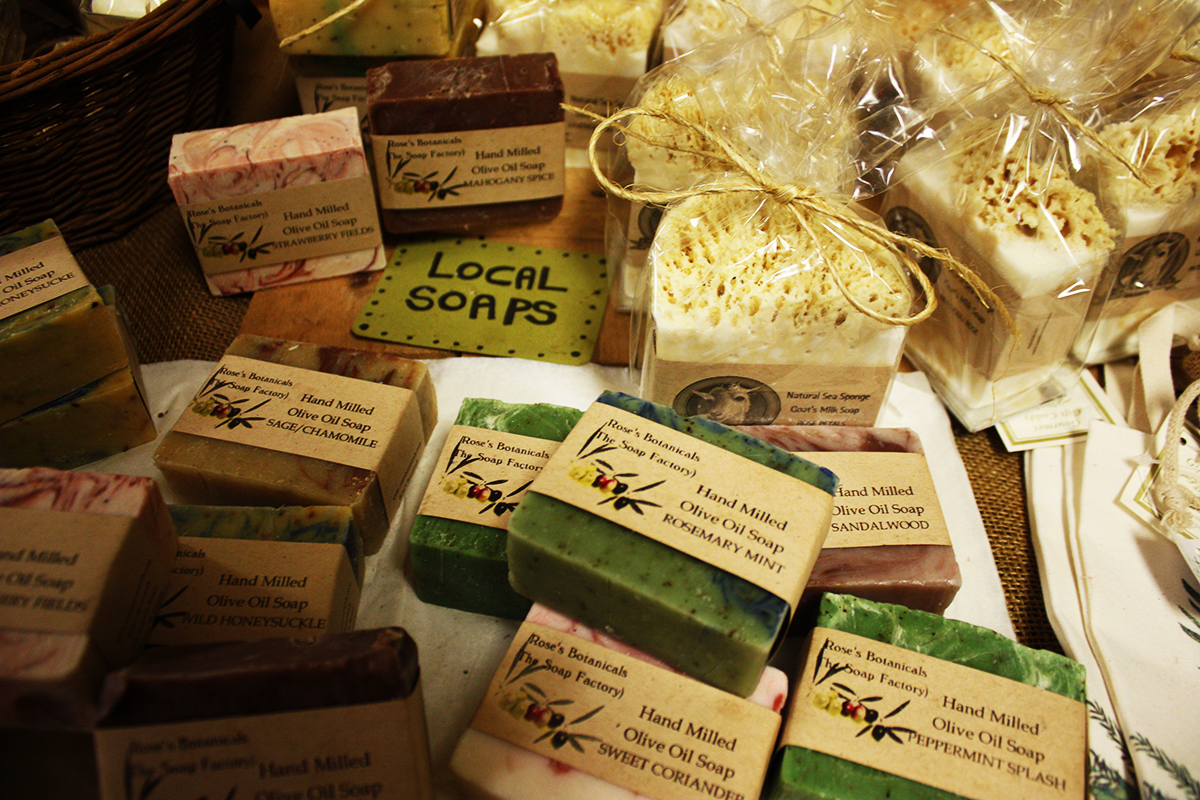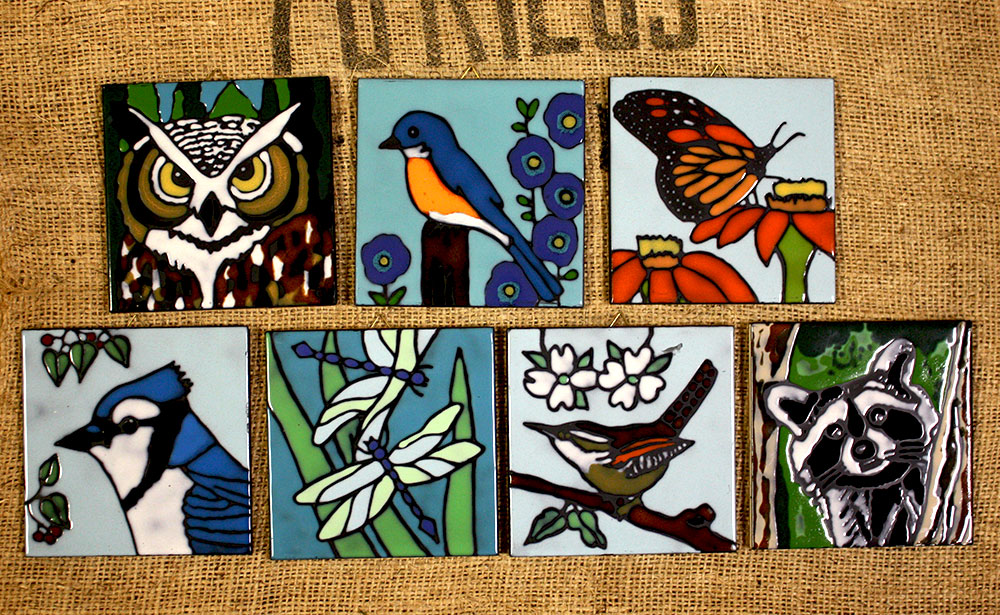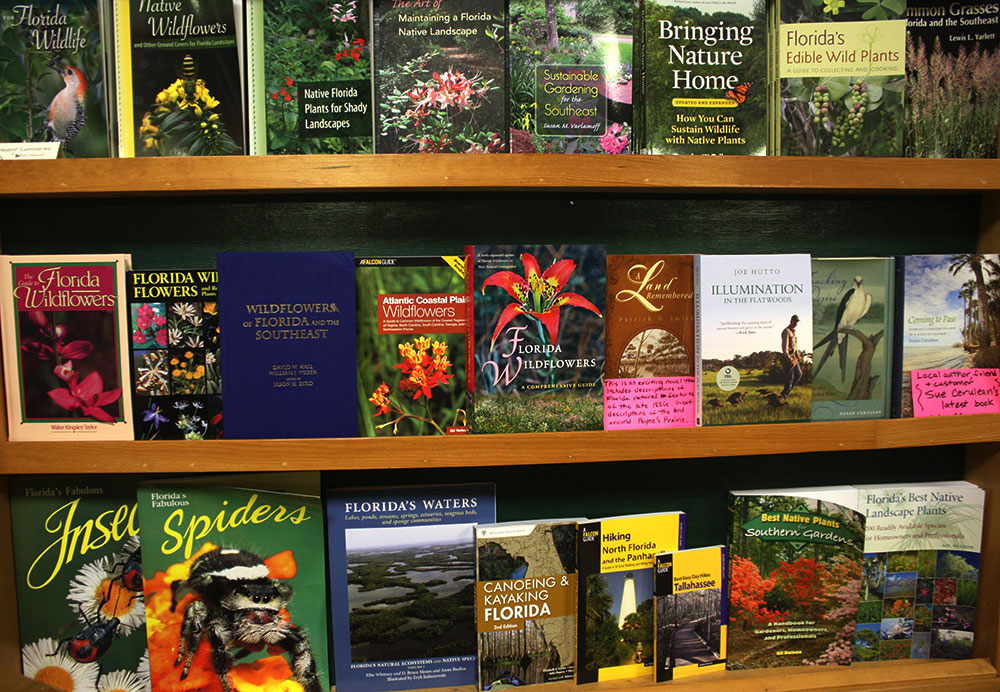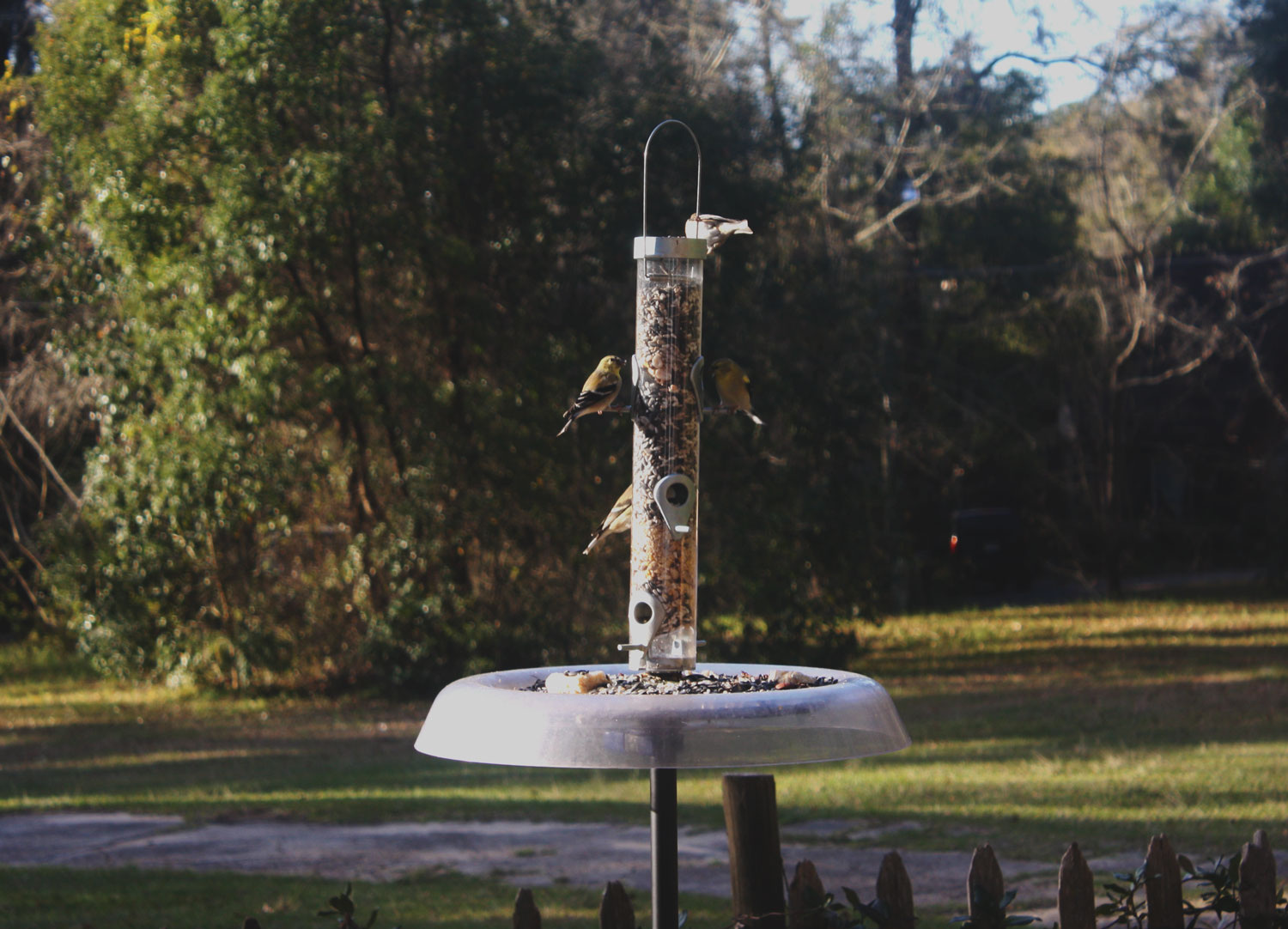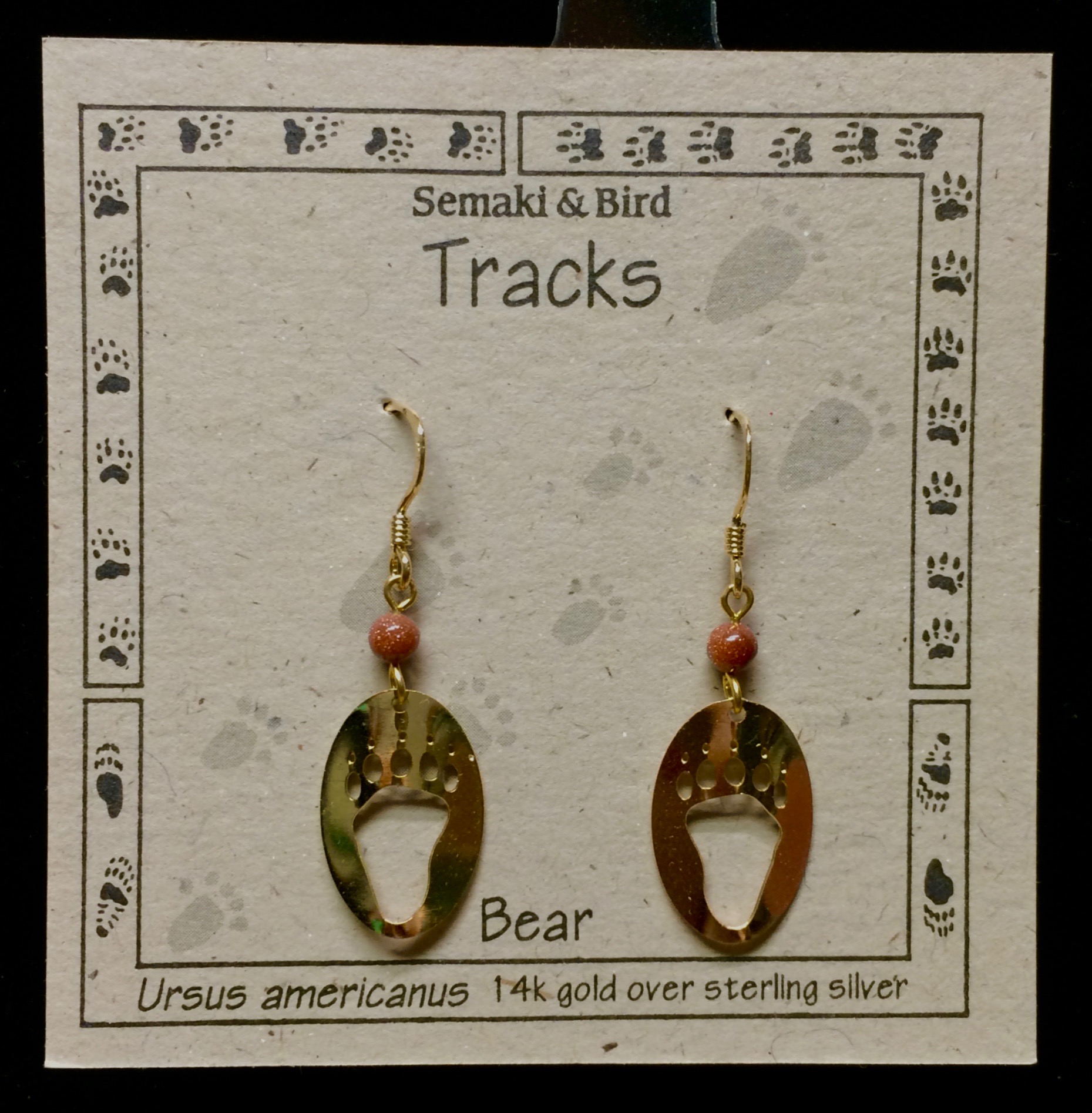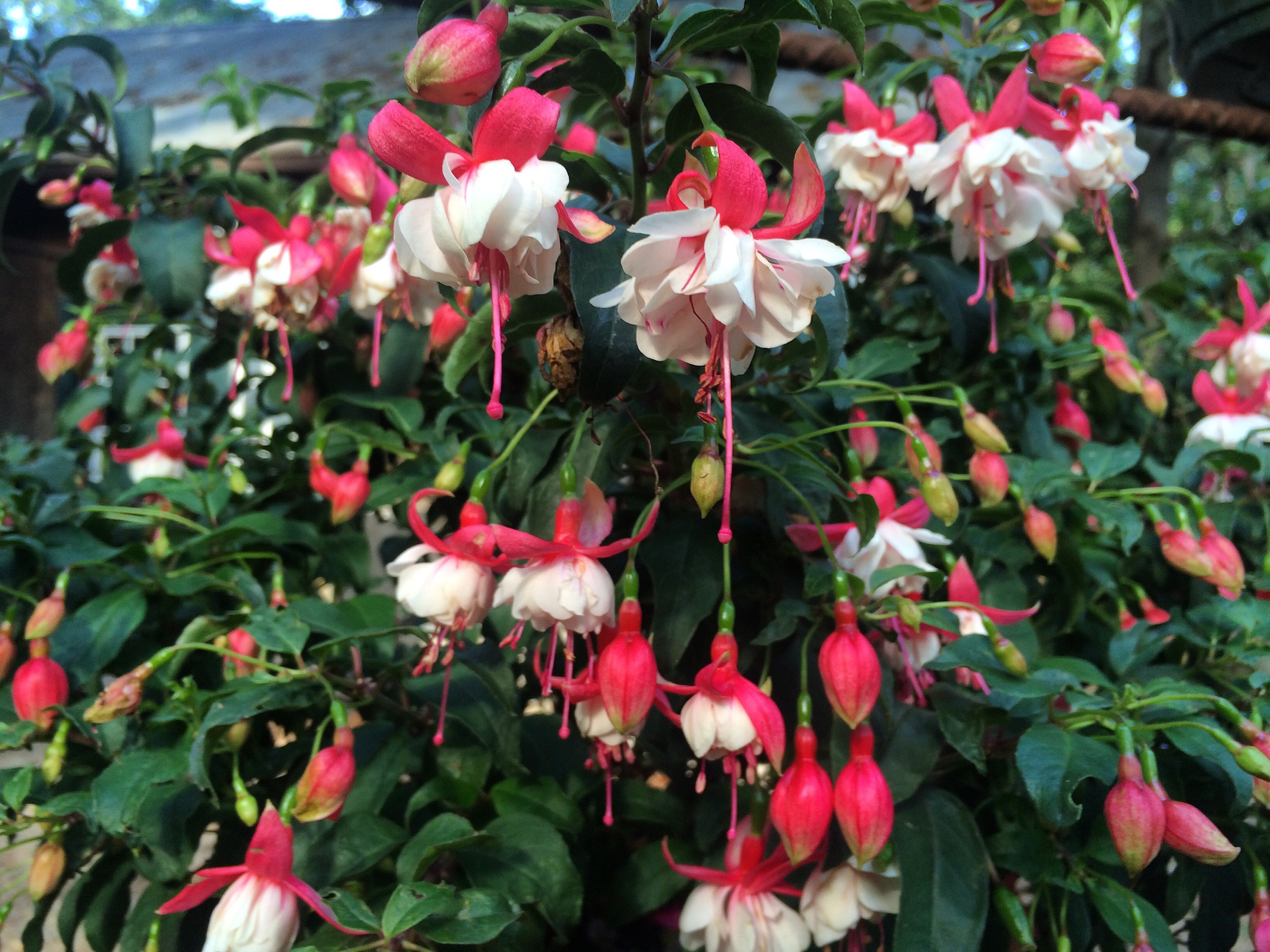One thing is certain in the life of a gardener – a garden or a yard will change over the years. Plants grow, some die, new plants sprout from seeds that land in exposed soil……..The same successional process happens in forests and other natural systems.
In my yard, my husband and I work with these natural progressions to create habitat for wildlife. When we moved into our house 25 years ago, the lot was graced with lovely tall pines and huge live oaks but all of the other plants were non-native, mostly hailing from China and Japan – . Some were invasive like coral ardisia and nandina and have been removed. Others are beautiful and functional in the landscape; for instance, the sasanqua camellia hedge that gives us privacy along one border of the property.
The most important thing we can do for wildlife in our yards is to plant native plants, which have co-evolved over the eons with native insects. The insects then provide abundant food for birds and spiders and on up through the food chain. So, when the huge pine that dominated our front yard had to be removed due to a lightening strike, we planted three new native species along the border where it was growing – longleaf pine, granny greybeard and red cedar.
Meanwhile, nature was taking its course in the same sunny area that had been shaded by the big pine. Pokeweeds and wild ageratum seeded in on their own, along with Mexican sunflower, a non-native with bright orange flowers that we planted in the butterfly garden. Certainly the judicious use of non-native, long-blooming tropical plants such as Mexican sunflower and pentas will extend the season of flowers in butterfly gardens. Just be sure that they are not invasive.
Over the years, as we removed nandinas in our borders, we replaced them with native species, such as American beautyberry, needle palm, Florida anise, agarista and wild azaleas. An opportunity for planting opened this fall, when our neighbor’s very large eight foot diameter live oak collapsed and had to be removed, changing our side yard from shady to mostly sunny. We plan to plant holly and wax myrtle.
In addition to planting native plants, it is good to have areas of leaf litter where birds can scratch around to find insects and other invertebrates. Rake the leaves from the lawn and spread in garden beds. These will compost over time, enriching the soil.
If possible, let dead trees stand; woodpeckers will thank you! Twenty years ago, we had the top of a dead pine removed in our back yard, leaving a 20 foot trunk standing. The snag rotted over time, its last remains still evident on the forest floor. I’ll always remember our two small children sneaking up to watch a Pileated Woodpecker working the lower part of the snag for insects. We replaced this pine with a spruce pine and an American beech.
There are many things you can do to garden for wildlife. Start by increasing the diversity of native plants in your yard, by planting trees and shrubs of different heights, by decreasing the size of your lawn, by providing a bird bath and by maintaining areas of leaf litter (mulch). Avoid using harmful pesticides. Most of all enjoy the fruits of your labor and take time to watch bumble bees, birds, lizards and other wildlife that utilize your yard.


